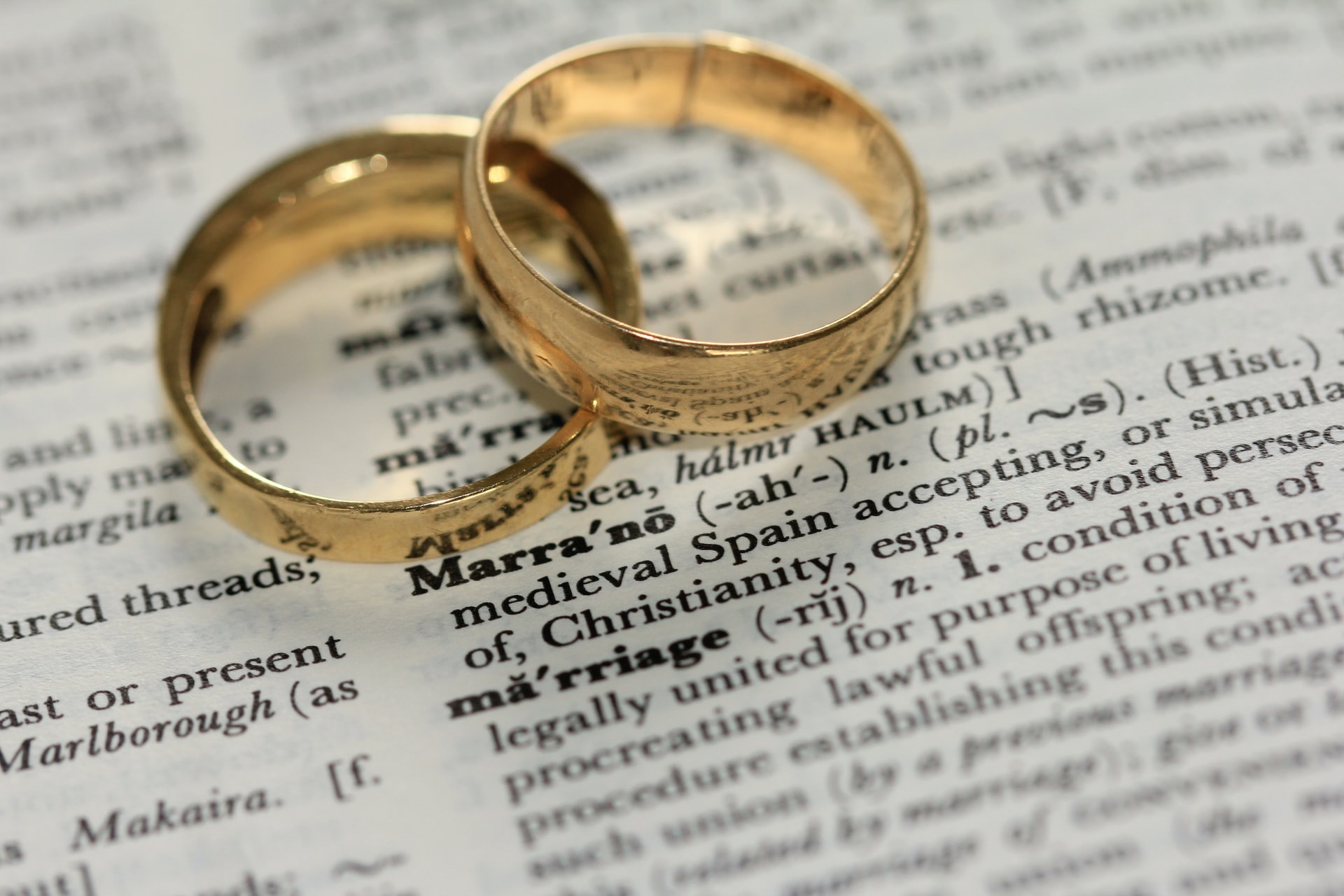-
What is a testamentary trust?
A “testamentary trust” is simply a trust created under the terms of a will of a person (the “testator”).
Testamentary trusts have the same attributes as other trusts. That is, there must be a trustee, at least one beneficiary, trust property and at least one trustee who are under an obligation to deal with the trust property for the benefit of the beneficiaries in accordance with the terms of the trust.
Testamentary trusts display the following distinctive characteristics:
-
Testamentary trusts are established under a will whereas other trusts, such as family discretionary trusts, are created by a deed during the life of the settlor (“inter vivos” deeds);
-
The assets of testamentary trusts are usually gifts made under the will and other payments made after the death of the testator such as superannuation death benefits or insurance proceeds paid to a deceased estate, rather than being paid to nominated beneficiaries under a will;
-
Testamentary trusts are typically administered by the executors of the estate or other persons appointed as trustee under the terms of the will. The terms of a testamentary trust are set out in the will; and
-
Testamentary trusts can be drafted as “protective trusts” to preserve assets for a beneficiary who has lost capacity or is otherwise in need of protection.
Separate testamentary trusts are usually established for the benefit of one or more “Primary Beneficiaries” (e.g. one trust for each of the children of the testator), the children of the Primary Beneficiary (called “Secondary Beneficiaries”) and other relatives and associated entities of the Primary Beneficiary. A child born after the death of the testator can still be a beneficiary under a testamentary trust so that grandchildren or great grandchildren of the testator born after the testator’s death can be beneficiaries under a testamentary trust created by that testator.
The purpose of the establishment of the testamentary trust will dictate whether it is “discretionary” (as is the usual case) or “fixed” in nature (or a combination of both), and as a result the associated benefits which attach to the structure will vary in this regard.
-
Who will be the trustees?
Usually the will is drafted so that there is a separate testamentary trust for each of the testator’s children.
There should be at least 2 persons acting as trustees of a testamentary trust although a company can act as a sole trustee of a testamentary trust. The first trustees of each testamentary trust are usually the executors appointed under the will who can later appoint a new trustee or trustees of each testamentary trust such as a company controlled by the Primary Beneficiary or if the Primary Beneficiary is not to have control of the trust, by others such as 2 siblings of the Primary Beneficiary. This arrangement enables the trustee or trustees of each testamentary trust to distribute the income from the testamentary trust to any one or more of the beneficiaries and to have the income applied for the living expenses, school fees, holidays etc. of the beneficiaries who are minors or dependants. For stamp duty reasons, a company which is or ever has been a trustee cannot be a beneficiary.
-
Testamentary trusts not set out in a will
The Income Tax Assessment Act 1936 provides that a person receiving property (real estate cash and the like) from a deceased person has 3 years after the death of the deceased to transfer that property to a testamentary trust. In a simple case, if a person inherited $1m from an estate, he or she would have 3 years to establish a testamentary trust for the benefit of that persons’ children or grandchildren but such a trust is in very restricted terms and not as flexible as one created under a will as a trust created after the death of the testator is fixed and cannot have discretionary beneficiaries.
-
Protective testamentary trusts
Protective testamentary trusts are usually drafted in accordance with the specific instructions of the testator which can be in respect of a Capital Protected Trust with income to be distributed to the Primary Beneficiary or with restrictions on the distribution of income as well. These trusts are designed to protect assets of the trust for the benefit of the Primary Beneficiary and sometimes also for the protection of the children of the Primary Beneficiary. A protective testamentary trust is often used where the testator:
-
wishes the Primary Beneficiary to have a right to income only or an income stream with a small amount of the capital each year (eg 5% or 7.5%);
-
wishes to release the capital in specific rations at specific times to the Primary Beneficiary until he or she reaches a certain age (eg 30);
-
is concerned that the Primary Beneficiary may not be able to manage his or her own financial affairs or is insolvent (see paragraph 6 below);
-
wishes to place restrictions on the Primary Beneficiary’s access to the trust’s assets for the benefit of the Primary Beneficiary’s children;
-
is concerned that the Primary Beneficiary may have problems managing his or her own financial affairs in which case the testator may appoint a third party or siblings of the child as trustees of the trust; or
-
is concerned that the Primary Beneficiary may be affected by a drug dependency.
-
Streaming of capital gains and franking credits
Capital gains and franking credits can be “streamed” to one or more beneficiaries of a testamentary trust where such distributions result in a reduction of tax. In this way the tax on capital gains on realised trust assets can be reduced where the beneficiary to whom the distribution is made has a low income in the financial year the distribution is made or is eligible for 50% CGT discount.
-
Insolvency and potential insolvency
If a beneficiary under a will is insolvent or the Testator believes the beneficiary will soon become insolvent, distributing assets to such a person may only swell the pool of assets available to that person’s trustee in bankruptcy. If a testamentary trust is established for such a child as the Primary Beneficiary, those assets can be used to support the Primary Beneficiary and his or her family. Testamentary trusts are often established to protect assets of persons such as doctors and professionals who are not insolvent but are exposed to the constant risk of litigation.
As the beneficiaries of a discretionary testamentary trust (including a Primary Beneficiary) are “mere objects”, they have no rights to the trust assets. As a result, the creditors of a beneficiary cannot prima facie attack the assets of a testamentary trust established for the benefit of that child. However, it may be necessary to ensure that the Primary Beneficiary does not own a majority of any shares in a company trustee. It has been held in several cases that an appointor’s power to remove and replace a trustee is precisely that: a power, not property and accordingly a receiver in bankruptcy cannot exercise that power to appoint themselves as trustee.
-
Main benefit of establishing the testamentary trusts
As a general rule under Division 6AA of the Income Tax Assessment Act 1936 (ITAA 1936) income passed to a minor will bear tax at a rate of tax of about 47% (except for the first $415). But, if a minor can show he was independent of the person giving him the money (in full time employment), then he will be taxed under the general rules. Also, if a minor is handicapped or permanently disabled, that person will be taxed under the general rules. The provisions of Div 6AA do not affect such persons but all other minors are affected and are referred to as “prescribed persons”.
Once a minor has been classified as a prescribed person, then it is necessary to look at the income that the minor receives. But notwithstanding that, a minor who receives income from a deceased estate is a prescribed person, such income is within the definition of “excepted income” which is not subject to the Division 6AA penal rates of tax.
As a result, one of the main benefits of a testamentary trust is the income tax concessions for minors who receive income from the testamentary trust as they are taxed as adults with the benefit of the tax free threshold ($18,200 for the 2016/17 year).
The essential requirement for minors to be eligible for the concessionally taxed income is that the income is “…assessable income of a trust estate that resulted from … a will”. That is, it is essential to ensure that the trust under which the minor benefits is established under the testamentary instruments and not subsequently declared or settled without the appropriate intentions/actions of the testator.
Before 1 July 2011 children were entitled to claim the low income tax offset (LITO) but from 1 July 2011 the LITO is no longer available to children receiving income from discretionary trusts.
-
Distributions under a testamentary trust
If the trustees wish to distribute the income of a testamentary trust to one or more of the beneficiaries, they must make a determination in this regard on or prior to 30 June in the relevant financial year.
A distribution to minor beneficiaries under the terms of a testamentary trust creates a legal entitlement in favour of the minor beneficiary. As a result, the distribution must either be physically paid to the minor beneficiary (or applied for that minor’s benefit eg by paying education expenses of that child), or a loan account in favour of the minor beneficiary will be created, which will ultimately be payable to the minor either at demand, or when the testamentary trust vests.
-
Example based on current tax rates
As noted above, the main advantage of a testamentary trust is that income applied for the benefit of children under the age of 18 is not subject to the penal rate of tax found in Division 6AA of the ITAA 1936. The income from a testamentary trust applied for each child under the age of 18 is “exempt income” under Division 6AA and the minor is entitled to the $18,200 tax free threshold for the 2017/2018 year and subject to normal adult marginal rates of tax as follows (before Medicare levy).
Tax Rates 2017/2018

The advantages of a testamentary trust are best illustrated by considering an example where a testator with an estate of $2m wishes to equally benefit his 2 children both of whom are subject to the highest rate of tax (47% including Medicare Levy) and each of the 2 children have 3 children under the age of 18:

** Note: if child A’s income tax rate is lower than 47% including Medicare Levy, the tax saving would be reduced accordingly
-
Other benefits of establishing testamentary trusts
Another reason for establishing a testamentary trust is for some limited protection of assets from ex- spouses of children under Family Law claims. It is recommended that separate specialist Family Law advice be sought if this is an issue.
As a testamentary trust does not come into effect until the death of the testator, the terms of a testamentary trust may be varied at any time before the testator’s death by making a new will. Further, the property to be dealt with under the terms of the testamentary trust may change from time to time, until the testator’s death and hence it is best not to devise specific assets to the trustees of testamentary trusts as they may be sold prior to the testator’s death.
It may be appropriate to vest a “discretion” in the trustee when, for example, the needs of the beneficiaries may vary from time to time. From a tax planning perspective, such flexibility may enable the trustee to distribute the trust income in such a way (i.e.to those beneficiaries and in those amounts) so as to minimise the overall tax liability on the total trust income or on the total income of the family group for an income year.
To obtain the maximum tax benefit, the testamentary trust should be discretionary. The testamentary trust should cater for the primary adult beneficiaries’ future children and grandchildren, rather than those children who are under the age of 18 at the time the will is drafted. In this regard, a person born after the death of the deceased can still be provided for under the terms of a testamentary trust. For maximum flexibility, associated trusts and companies and charitable organisations can be included as potential beneficiaries.
-
Can money be loaned or gifted to a testamentary trust?
The only requirement for children under the age of 18 to be assessed as adult beneficiaries is that the income is “assessable income of a trust estate that resulted from a will” (section 102AG (2)(a) of the ITAA 1936). In the case of Trustee for the Estate of the late A.W. First No 5 Will Trust –v- FC of T 91 ATC 4007 it was held that the trustee of a testamentary discretionary trust could borrow money and use such money to purchase an asset with the assessable income derived being within the terms of the concession (at 4108). Similarly, the trustee of a testamentary discretionary trust can use cash or sell an asset of that trust and purchase another asset (at 4108). However, if another party gifts property or money to the trustee of the testamentary discretionary trust, there is the question whether that property forms part of the testamentary discretionary trust or is held on a newly created trust on the same terms and conditions as the testamentary trust (Atwill –v- Commissioner of Stamp Duties (1970) 92 WN (NSW) 869) so that the tax concessions outlined above will no longer apply. In any event, we recommend that legal advice be sought prior to any such loans being made.
-
Who can control a testamentary trust?
In most cases the testator provides that the testamentary trust is to be controlled by the relevant “Primary Beneficiary” (e.g. son or daughter of the testator) through the Primary Beneficiary’s control of the trustee or trustees. The Primary Beneficiary usually has the powers that he or she would hold under an inter vivos trust (being a trust established during a person’s lifetime) e.g. appointment and removal of trustee, making capital distributions and vesting of the trust. If desired, the Will can empower the trustee, with the consent of the Primary Beneficiary, to distribute to the Primary Beneficiary all or part of the assets that would otherwise be held on trust (if the asset has increased in value from date of death, a capital gain may arise). If the Primary Beneficiary is not able to properly exercise control of the trust e.g. because of youth or bankruptcy, then other persons would have that power. In this regard a testamentary trust can provide protection against the trustee in bankruptcy (provided the asset is not vested in the bankrupt at the time of bankruptcy – contrast this to the position of Child A in the example set out above).
-
General terms
The terms of many inter vivos discretionary trusts are lengthy and complex. In a will, it is preferable that the trust created include tightly drafted terms of trust and where a number of testamentary trusts are established, those trusts use a common set of clauses set out in a schedule. However, some lengthy provisions need to be present in the terms of trust following the Bamford decision in the High Court.
-
Changes in the law
The law in this area can change, especially with respect to tax. Accordingly, it is essential that legal advice is obtained prior to taking any action relying on the advice contained in this general explanation. Even if there is no change in the law, particular fact situations may dictate pursuing a different line of approach for reasons other than a change in taxation laws.
O’Brien Connors & Kennett can help you with this and many other legal matters. Give us a call on (02) 9982 1655 or visit our Northern Beaches office located in Dee Why.











